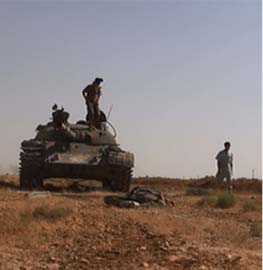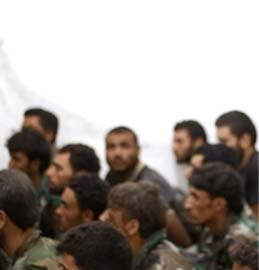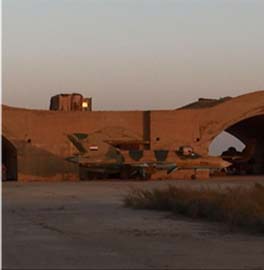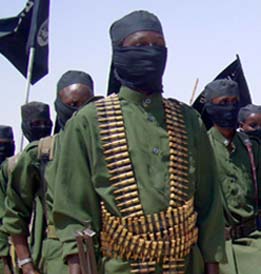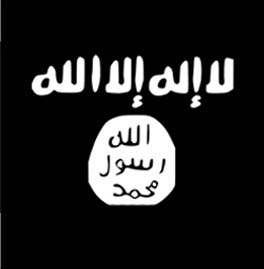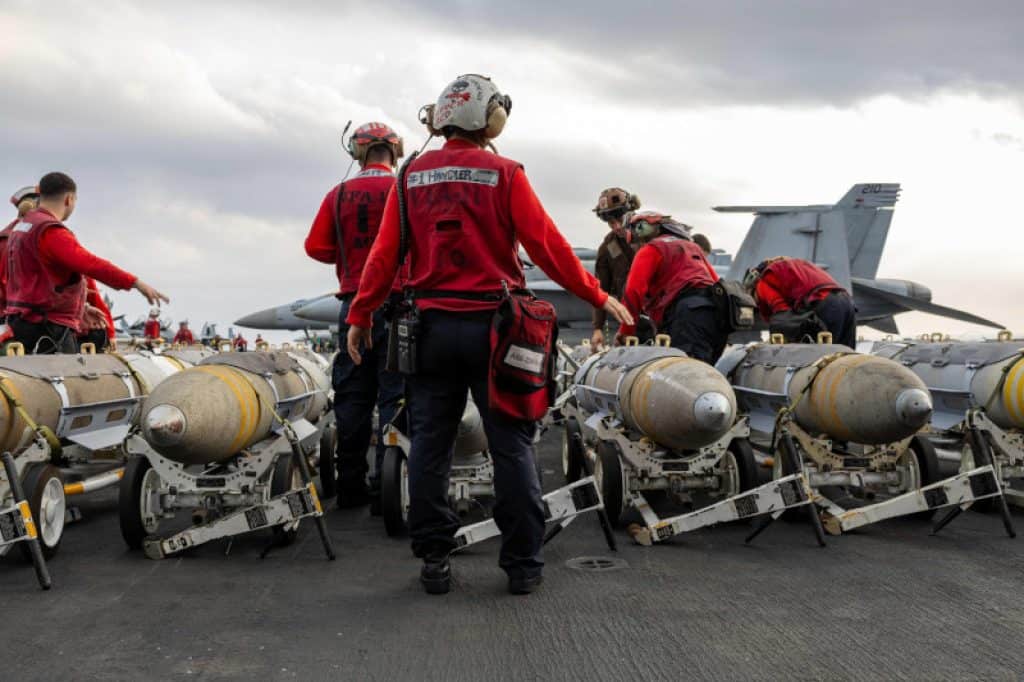
The Trump administration has targeted Houthi military and political leaders since it initiated its campaign against the Iranian-backed militia in Yemen in mid-March. This effort is a departure from the Biden administration’s policy, which focused on striking Houthi military hardware instead of personnel in an attempt to get the militia to cease its attacks on international shipping and Western warships in the Red Sea and the Gulf of Aden.
The Houthis, officially known as Ansar Allah, began significant attacks on international shipping in November 2023, one month after Hamas launched its deadly attack on southern Israel. In July 2024, General Eric Kurilla, commander of US Central Command (CENTCOM), admitted that US efforts to coerce the Houthis into ceasing attacks on shipping had failed. The Biden administration had refused to target Houthi military and political leaders, as well as the Iranian advisers who aided the group in its attacks, fearing it would escalate the war in the Middle East. The Houthis responded by continuing to target commercial vessels and warships.
Information from within Yemen indicates that several mid-level military officers and soldiers have been killed in the current US campaign.
Scores of Houthi officers and soldiers killed
Since the uptick in American airstrikes on March 16, the Houthis, Yemeni news agencies, and Yemeni families have announced the deaths of several fighters. However, only a handful have been directly attributed to American airstrikes. Reports about other dead Houthis were ambiguous, typically describing slain fighters as being “martyred [while] performing his duty in defense of the homeland.”
Iranian-backed organizations commonly use this language following the death of a member in battle. Thus, the timing of the Houthi fighters’ deaths suggests they were killed in American airstrikes.
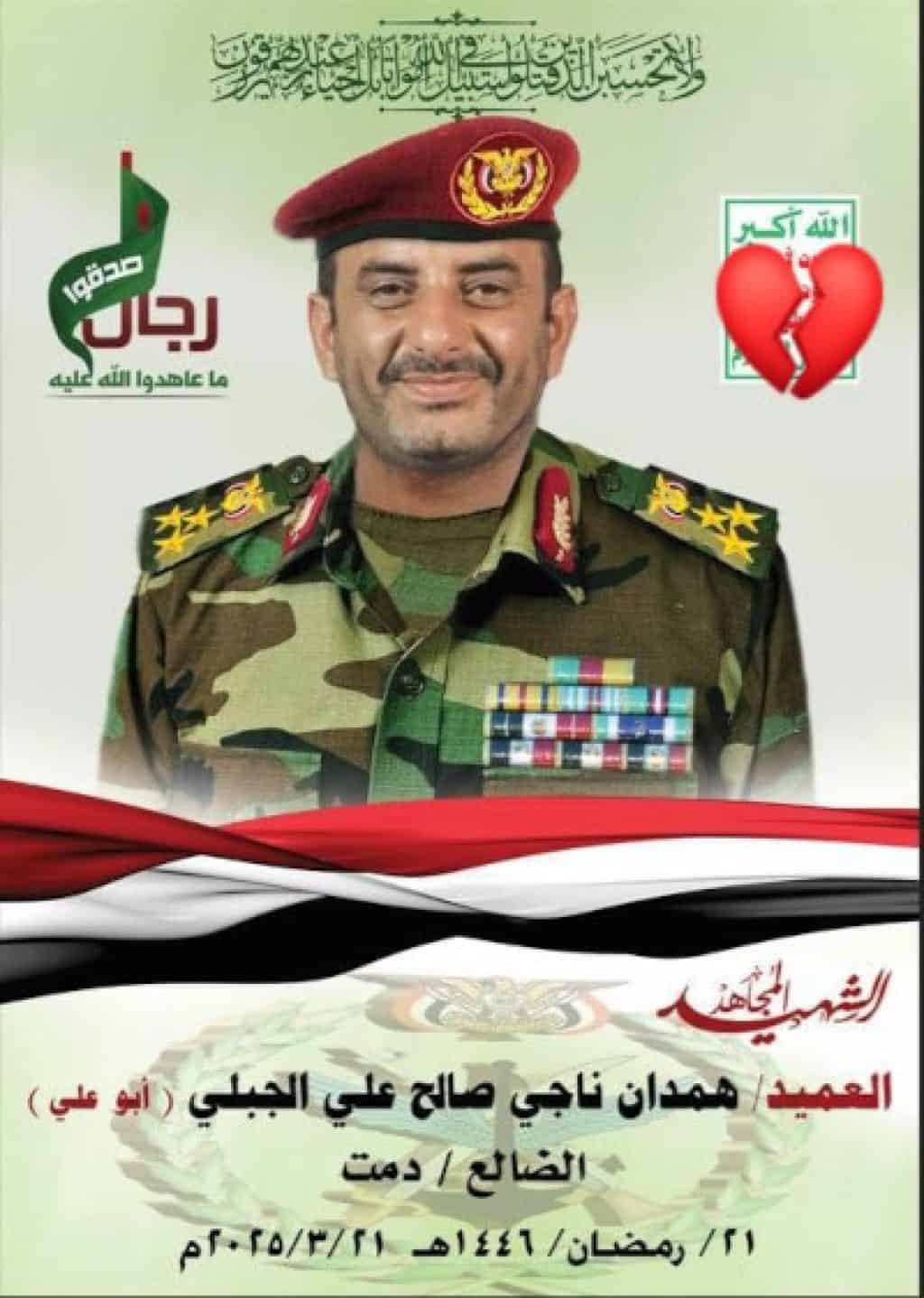
On March 23, the Yemen News Agency (SABA) reported that Houthi leader Mahdi al Mashat sent a cable of condolences following the death of Brigadier General Hamdan Naji Saleh al Jabali, assistant commander of the fourth military region. While the cable did not say how Jabali died, a separate report said that he was “martyred while performing his duty in defense of the homeland.”

The US killed Houthi intelligence chief Colonel Abdul Nasser Sarhan al Kamali in an airstrike in the Sanhan district south of Sanaa Governorate on April 8. Under Kamali’s leadership, Houthi intelligence orchestrated various security and intelligence operations. He was instrumental in unifying and directing the various loyalist factions on the ground and played a pivotal role in planning and executing numerous military and tactical assaults against Arab coalition forces, according to Al Horia News. Kamali also previously served as deputy head of the Houthis’ security and intelligence apparatus.
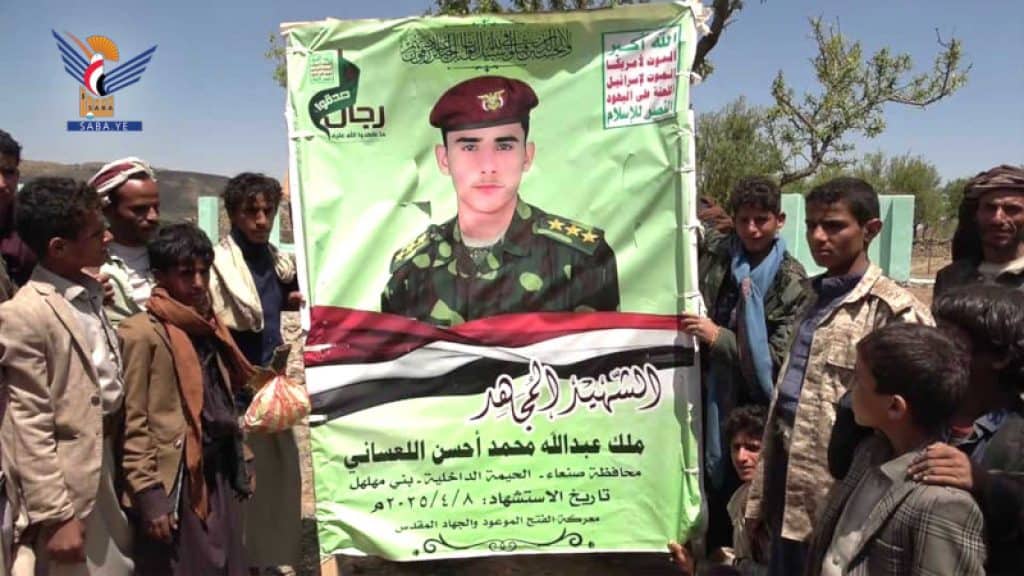
On April 10, local Yemeni media outlets reported that Captain Malik Abdullah Mohammed al Laasani was buried in Al Haymah Al Dakhiliyah District in Sanaa Governorate. While the report did not detail the manner of his death, it stated that “he was martyred while performing his duty in defending the homeland and supporting Gaza, as part of the ‘Promised Victory and Holy Jihad’ battle.”
There are other reports of US strikes that have killed Houthi leaders, commanders, and foot soldiers. Many of the claims appear to be true. However, it is difficult to address whether some claims are legitimate due to a lack of evidence or reliable sources.
For example, a list compiled by Yemen analyst Muhammad al Basha on April 6 detailed over 100 Houthis of various military ranks who were killed in US strikes. The report states that Houthi-aligned sources have verified some of the death claims but not all.
Another example is that of an undated US airstrike in Hodeidah that reportedly killed Houthi Brigade Commander Shamsan Hussein al Faeq. He allegedly participated in military operations on several fronts for the Houthis. Again, there are no credible reports from the Houthis or other reliable sources that a US strike killed Faeq.
In a development that may indicate US military pressure against the Houthis is yielding results, Iran has reportedly pulled its military advisors out of Yemen to avoid a confrontation with the US. This development comes in the wake of Trump’s direct warnings to hold Iran responsible for the group’s attacks on Israel and US naval assets and commercial vessels in international waters.
The Houthis and Iran’s Axis of Resistance
The Houthis, along with Iranian-backed militias in Iraq and Syria that are also part of Iran’s Axis of Resistance, have targeted US forces to drive America from the region and support Palestinian terror groups in Gaza.
The Houthis possess ballistic missiles, cruise missiles, and drones and have used all three weapons systems against commercial vessels and US warships. Some of these weapons were seized from the former Yemeni military, others are currently manufactured by the Houthis with the aid of Iran, and some are supplied by the Iranians. The Houthis also have a decade-long history of harassing and attacking commercial ships operating in the Gulf of Aden, the Bab al Mandeb Strait, and the Red Sea.
The Houthis are estimated to have 100,000 fighters under arms. The group’s official motto is “God is great, death to the US, death to Israel, curse the Jews, and victory for Islam.”

